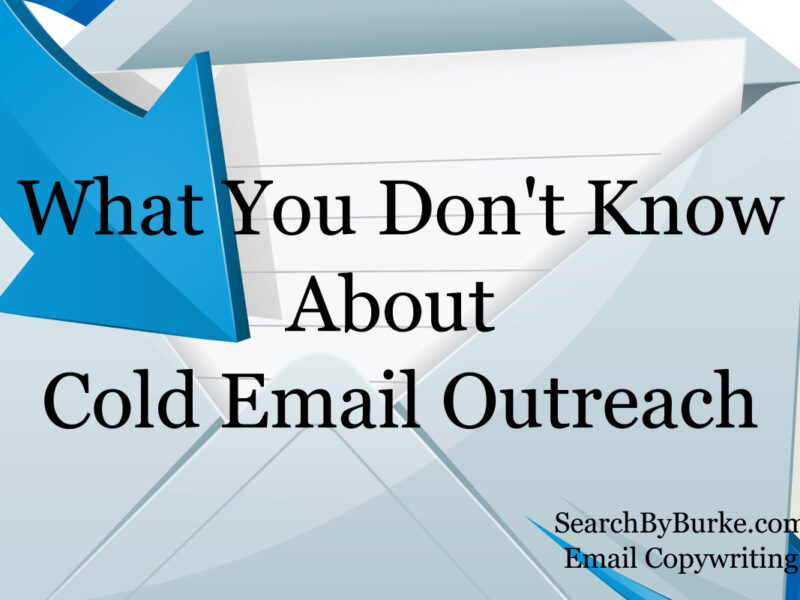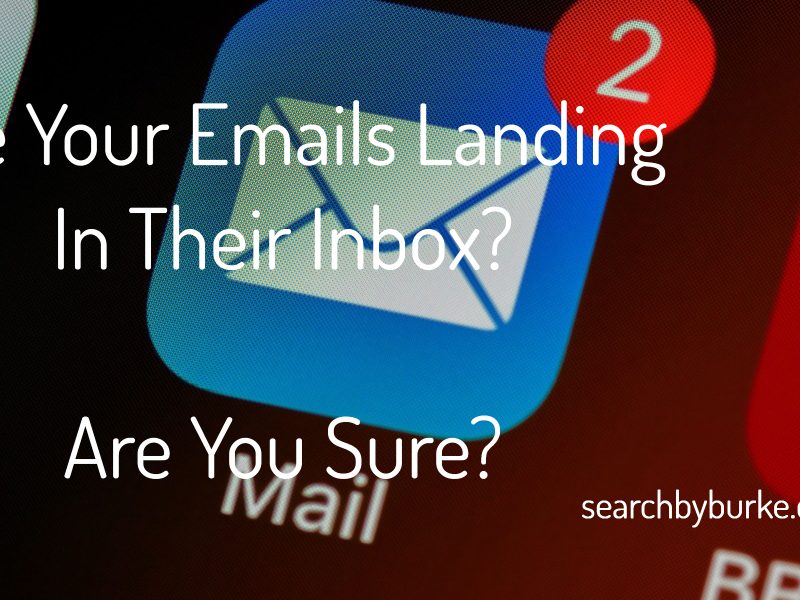It’s something all of us have done.
This email is the best you’ve ever written.
The subject line is witty and eye-catching.
The story inside is short and to the point and a bit funny.
The pain point is clear.
The solution is obvious.
The link is easy to see and click.
You hit Send.
You sigh with relief because it’s done. It’s now on its way to the inboxes of your subscribers.
You walk away for a moment. It’s important that you give it enough time to get to their inboxes.
And you wait. At least an hour because you were smart enough to time the email to go out when most of your subscribers would be looking at their inbox.
You rush back to your computer so you can look at the report and stats for that email.
The open rate is really low. Really low.
The number of click-throughs is even lower.
Your heart sinks. This is so disappointing! What went wrong?
Here are 10 things you can look at and determine, for yourself, what might have gone wrong with that email:
1. Think like your subscriber. Consider your own email inbox. How do you decide which emails you’ll read and which you’ll send to Trash? You scan the subject lines, possibly the sender name, and sometimes the first line of the email.
If you want your subscriber to open your emails, you have to make the first handful of words count. Be intentional, be creative when crafting your subject line and first sentence. Make sure it speaks to the subscriber and entices them to want to know more about what’s inside.
2. Make it personal. If your subscriber suspects that your email is a blast to everyone on your list, generic, or worse is promotional, they’ll delete it and move on. That’s why hyper-promotional subject lines don’t work. Your subscribers care about one thing – themselves. Don’t be afraid to add a bit of fun to your subject line and content inside the email. Don’t hesitate to try something that personalizes the email.
Another way to make an email more personal is to insert your personality and way of talking into the content. No need to be formal, at all. Use language as if you were talking with a friend over coffee. Your subscriber will read it that way and feel like you wrote that email just for them. Yes, this is true even if they “know” that it’s a blast email.
“Personalization – it is not about first/last name. It’s about relevant content.”
Dan Jak
3. Be helpful. Make sure your email contains a solution, tip, trick, or idea that is helpful to the subscriber. You know the problems they face, so you also know the answers to those problems. And, you are the expert so it’s important that your subscribers see your expertise in the form of helpful solutions.
4. Be trustworthy. Your subscribers will understand, and expect, to receive sales messages from you. They’ll expect to receive promotional links and more…if you tell them upfront that you will be sending them. You can do this at the beginning when they subscribe. Let them know what you’ll be sending them and what they can expect from you. Then do it. This includes telling them to expect funny and silly emails as well as promotional emails. Or, serious Life-changing information as well as reviews and recommendations.
Set the expectation, meet the expectation, and you’ll gain their trust. Which will result in them opening your emails.
5. Be on their side. This is similar to thinking like them because it’s you understanding what their struggles, frustrations, and challenges are. Remind them that they’re not alone. That you empathize. That you do understand. You may wonder how this looks – keep it simple by sharing a short story about your own struggle, or a challenge a friend had, and then offer the solution. Don’t hesitate to use one of your emails to ask them how you can help them, more.
6. Reward people who read your emails. This is where you can shine with the value you give them. Share a useful tip, a cool hack, a tool that makes things easier, inspire them, make them feel good about what they’re doing.
7. Keywords send your emails to the Spam folder. With recent updates in spam filtering, it's getting more difficult to keep your email out of the Spam folder. Structure your subject line very carefully. Each kind of email, whether they be promotional/sales-driven or simply touching base with your subscribers, has its own set of Spam worthy keywords. All you need to do is to tweak them a little.
For example, words like ‘Meet Singles’ and ‘Free’ are some words you want to avoid. Change them to ‘Find a Date’ and ‘Complimentary’.
There is no definitive list of Spam words for email. Filters at the ISP level, the email software used to read email (Outlook, Yahoo, Hotmail, GMail, Thunderbird, Blue Mail, and more!), and the filters put in place by the subscriber all contribute to your email being sent to Spam.
Just one more reason your first email should include a simple request that your new subscriber add your email address to their white list.
8. It's not you, it's your subscribers. If you're sending emails to a purchased email list, then you will get lower open rates. The same is true for lists filled with addresses of people who didn't subscribe. One way to tackle this is to test and then segment after each send. Move those who opened your email to a list of their own, then offer them a freebie they have to opt-in for. Now you have them on a list they want to be on and can send relevant messages.
Also, clean your list. Remove bad email addresses, after segmenting and testing remove unopens and those that have gone to the Spam folder.
9. Speaking of cleaning your list. No list is clean unless it is verified regularly. Every year, approximately 30% of your lists go bad and become hard bounces. That means, they technically become unreachable. Sending emails to a list with high numbers of bounces decreases your reputation score. This also decreases your deliverability. So, you deliver to fewer inboxes. EmailListVerify is a tool you can use to check your list.
10. Mobile friendly is a must. Really. Whether or not you use your smartphone to read emails (I don't), many people do and your emails must be optimized for different devices. Here's where having an account with an established email service provider saves you time and money – they test for optimization on various devices. GetResponse, Aweber and others all have tools you can use to make sure your emails are mobile-friendly.
The Bottom Line
You now have 10 things you can refer to when you have an email that went flat.
I addressed some issues that trigger low open rates and offered you some insight on how to control the damage.
This isn't a definitive list, though.
Remember, there are the tech issues on your side with your email service provider + the tech/filter issues on the subscriber side + permission from subscriber + relevant content + non-spammy keywords all have an effect on open rates.
It may sound complicated, it's not. Pay attention to your list, test, keep it clean, follow the rules, treat your subscriber with respect, follow the rules of CAN-SPAM and your email service provider.
And, keep emailing! It is by far the most profitable way to make money with your business.
Did you know that I write emails to nurture and sell to subscribers? Learn more here >>> EmailWritingService



